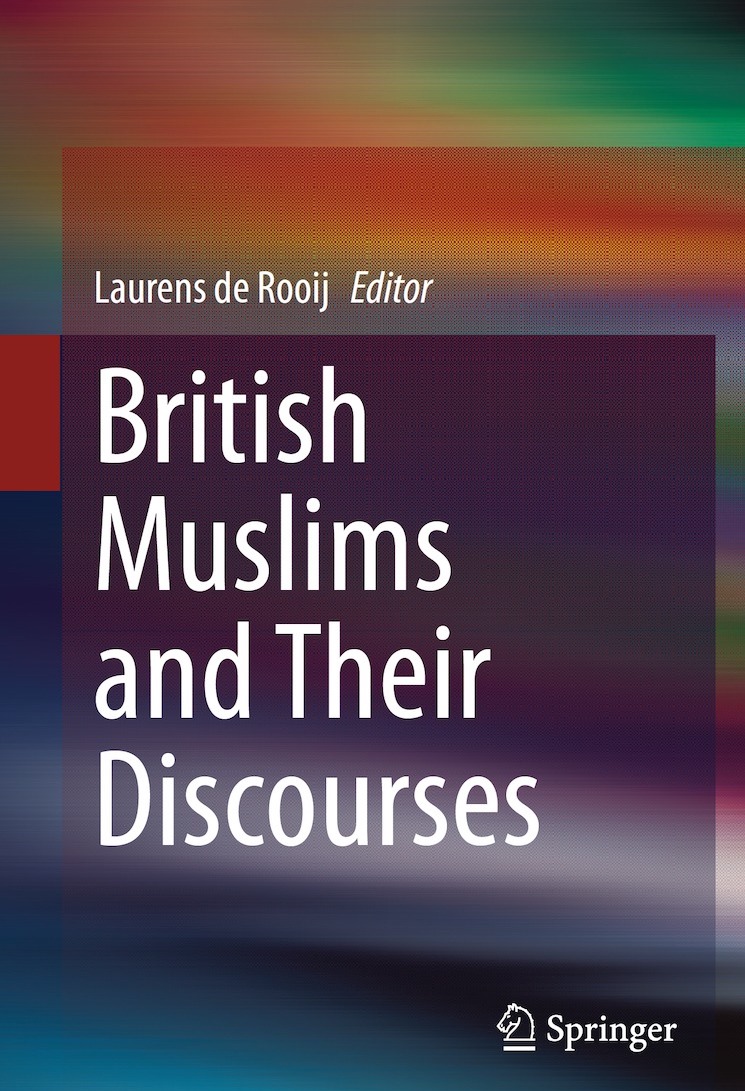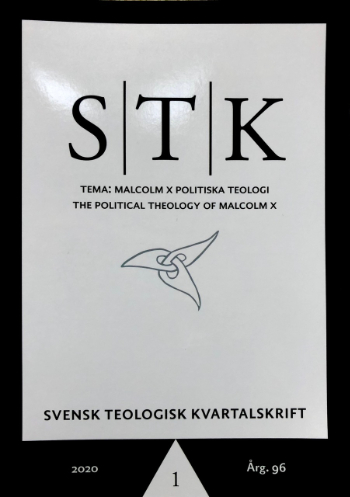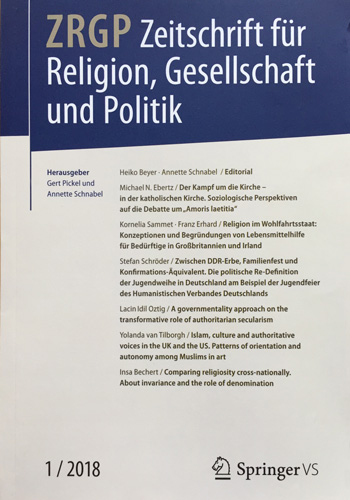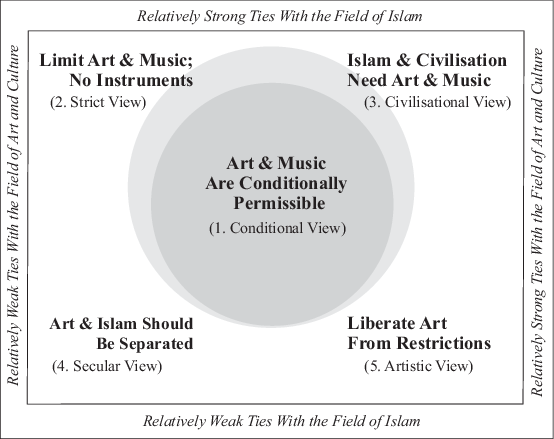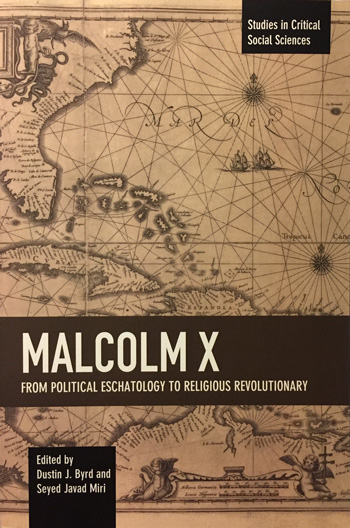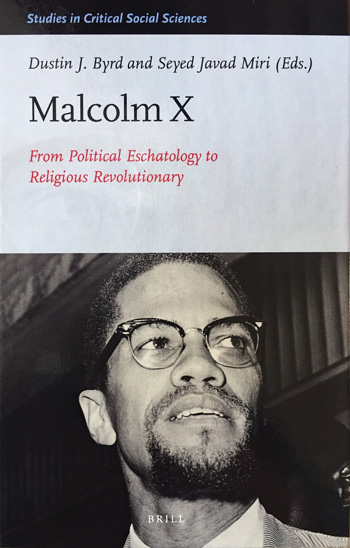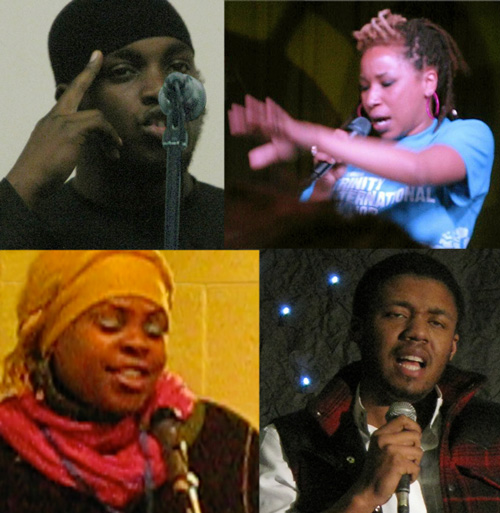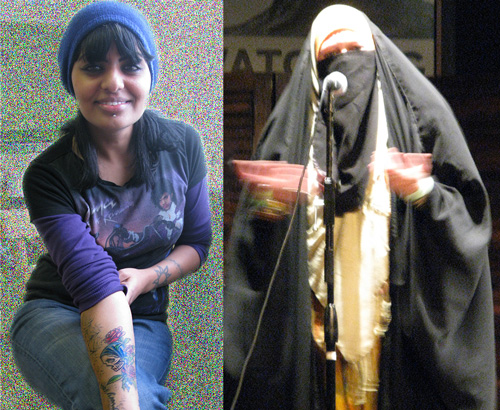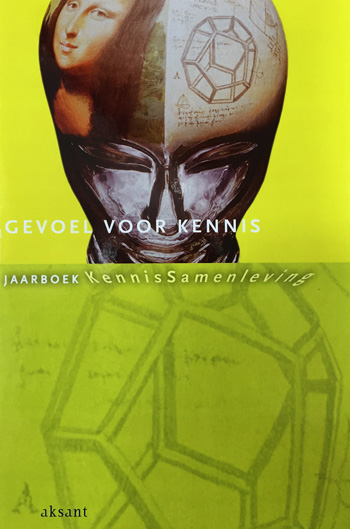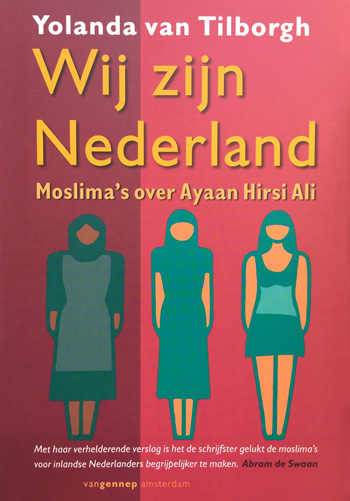Civilizing Attempts in Art and Islam
In the field of Muslim performing artists, I encountered civilizing attempts by high-profile Muslims to change the patterns of cultural taste in the UK and the US. These patterns reflect the non-Muslim and Muslim social orders that British and American Muslims may cope with, deriving from national governments and “Muslim old-world” centers. From a sense of responsibility, based on their criticisms regarding non-Muslims as well as Muslims themselves, various artists understand it as their role to boost the development of Muslim communities by efforts to uplift, liberate as well as socially engage isolated, disgruntled, ultraconservative, or benighted Muslim groups.
Expressions of Political Theology
Exploring the kinds of influences of the politico-theological conceptions of Malcolm X and his life trajectory, as a reservoir of concerns and values, illuminates that specific Muslim artists may have become part of the informal Anglophone network of interdependent Islamic teachers and institutions which seems focused on reforming the power structure between Islam and “Muslim old world” views and those of the “Muslim new world” by incorporating the inclusive symbol that Malcolm X is. As such, Muslim performing artists who encountered a mediation of Malcolm X in politico-theological ways may have become more or less involved in complex relationships concerning the bearing ideology in the Muslim world and, similarly, involved in those concerning the bearing ideology in the nation states.
Islam, Culture and Authoritative Voices
Considering the restrictive voices in Islam in relation to the Western ideal of autonomous art, it is crucial to put the independency of the field of Muslim performing artists in the UK and the US into perspective. Reflecting on the theories of Bourdieu and Roy, two dimensions are found. The civilisational view endeavours relative social autonomy that counters the prevalent hierarchies representing the hegemony of the old Muslim world in Islam. In seeking to liberate art, the artistic view strives for artistic autonomy by positioning the acts of questioning at the core of the faith of Islam.
Graphics in Sociological Analysis
Based on data analysis and argumentations, graphics are able to represent insights on the meta level. Through the visualization of cultural patterns in the distribution of views, they may generate a more immediate understanding of sociological phenomena than written words could do. Subsequently, by means of the qualities of graphics by showing e.g. similarity and distinction, core and periphery, graphics contribute to a fruitful dialectical relationship by providing possible future insights to lines of reasoning about processes and transformations.
Malcolm X, Muslims and Self-Definition
The life of Malcolm X, who developed himself from petty criminal to internationally respected human rights activist after converting to the unorthodox Nation of Islam and, finally, widely accepted Sunni Islam, reflects the process from darkness to light or "hell to heaven". The empowering Malcolm X narrative turns out to be a performative, sense making and bonding tool in the field of Muslim performing artists in the US and the UK. After 9/11, the sequence is a salient means to present a non-violent, socially active and enlightened Islam that fits the West to pro-musical as well as anti-musical views.
From Hell to Heaven: the Malcolm X Narrative
The life of Malcolm X, who developed himself from petty criminal to internationally respected human rights activist after converting to the unorthodox Nation of Islam and, finally, widely accepted Sunni Islam, reflects the process from darkness to light or "hell to heaven". The empowering Malcolm X narrative turns out to be a performative, sense making and bonding tool in the field of Muslim performing artists in the US and the UK. After 9/11, the sequence is a salient means to present a non-violent, socially active and enlightened Islam that fits the West to pro-musical as well as anti-musical views.
Career Trajectories and (In)Formalization
Does the career of Cat Stevens exemplify the trajectories of Muslim performing artists? Their grappling with the relationship between art and Islam reflect orientations to the (dis)embedment of Islam in culture. Drawing upon (in)formalizing behavioral regimes (Elias and Wouters), the encountered phase of intensified formalization involves the emancipation from destabilized environments by means of stricter manners. While the accommodationism thesis of Roy suggests an internationally dominant position of disembedment, the situation seems reversed among British and North-American Muslim artists.
Conversion Strategies and the Power to Define
Among social scientists, there seems to be a tendency to focus especially on Muslim performing artists — and Muslims in general —, who display (obvious) religiosity in their expressions. But not all artists are inspired by the trend toward greater piety. The theories of process and relational sociology may provide alternative insights that prevent regarding Muslims as culturally considerably different from other cultured human beings.
Het Islamdebat en de Strategie van Moslima’s
Het publieke (anti-)islamdebat heeft bij Nederlandse moslima’s veel emoties losgemaakt. Sinds deze eeuw bestempelt moslimafvallige Ayaan Hirsi Ali de islam als bron van de ongeëmancipeerde positie en onderdrukking van talloze moslimvrouwen. Echter, met behulp van hun strategische religie versus cultuur argument (R&C) kunnen laagopgeleide en hoogopgeleide moslima’s afkeurenswaardige praktijken als gedwongen uithuwelijking en genitale verminking aan ‘de cultuur’ wijten, zodat hun geloof geen blaam hoeft te treffen.
Wij zijn Nederland: Moslima’s over Ayaan Hirsi Ali
Ten tijde van haar parlementariërschap heeft moslimafvallige Ayaan Hirsi Ali een sterke positie veroverd in het (anti-)islamdebat. Gemeten naar de uitspraken van opinieleiders en politici in de Nederlandse media over Hirsi Ali en haar ideeën over vrouwenonderdrukking in islam blijken de opponenten onderling zeer verdeeld te zijn — ook al vormen zij een meerderheid. Moslima’s voelen zich in Nederland niettemin vernederd en beschimpt. Zij hanteren heimelijke strategieën om te tornen aan Hirsi Ali’s vermeende invloed en ruimte te scheppen voor hun eigen definities.

